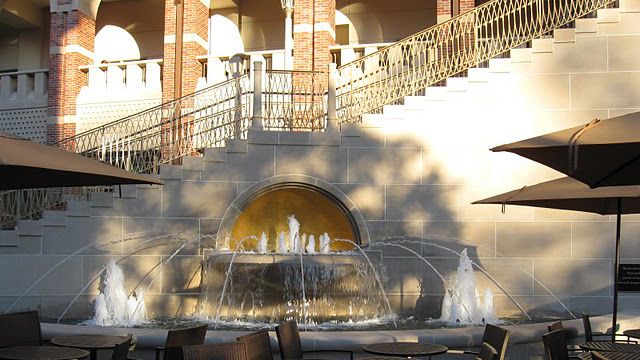
Installing manufactured stone veneer
Installation 101
By Chris Hines
As a non-structural element of a building’s exterior, manufactured stone veneer can add significantly to the aesthetics and perceived value of a structure. As a lightweight, architectural, non-load-bearing building product, it is manufactured of lightweight concrete material and mimics the visual appeal of stone found organically in nature. However, since it is so lightweight, it is extremely easy to install.
Here are some of the dos and don’ts for the successful installation of manufactured stone veneer.
Do
Evaluate the project before you start (even before you bid)
Look for properly gapped sheathing material, bowed studs or out of square corners needing correction, and proper window and door installation and flashing. If it’s a masonry substrate, assure it is structurally sound, clean, rough and capable of bond.Prepare the wall with the right materials, installed correctly
A list of industry-accepted materials, installation instructions and details are available at www.masonryveneer.org.If the wall requires a water-resistive barrier (WRB), select a material that suits the climate, installation timing and building style.
Framed applications require a weepscreed or other flashing at the foundation termination to protect susceptible materials and allow liquid water to exit the system. Maintain appropriate clearance at the bottom of the wall.
When Lath is required, run the sheets, cups up, horizontally and overlap sheets at least one inch or greater, if required by the manufacturer. End lath sheets at framing locations. Never terminate at a corner. The material must run through the corner to a framing member. Select fasteners that are long enough to penetrate into framing by at least one inch.
Take the time to mark framing at every step.
Lath materials should be furred off the wall ¼-inch, to allow proper mortar embedment. Apply your scratch-coat mortar with sufficient force to key into the lath.
Select a mortar that meets MVMA recommendation
Understand the properties, mixing and usage requirements of your mortar to ensure a strong bond. Assure stone units are set in a full setting bed of mortar.Work clean
Some stones may be installed from the top, down, to avoid mortar dropping. If you experience mortar droppings on the face of a stone, wait until it’s crumbly and brush off.Lay out stones and mix boxes
Take the time to lay your stones out. Understand the colors, shapes, sizes and textures and blend them. Periodically step back, view and adjust.Don’t
- Don’t use WRBs intended for roofing on walls.
- Don’t install over someone else’s work if it wasn’t done properly.
- Don’t skip flashing steps. Water management is key with any cladding system.
- Don’t install over ripped or missing WRBs.
- Don’t end lath in or on corners.
- Don’t install over an extremely smooth concrete surface without first making it rough.
- Don’t install stone veneer on stair treads, risers or other areas likely to be exposed to walking friction, kicking, de-icing chemicals and bad water drainage.
- Don’t disregard clearance from grade requirements. You will risk spalling damage, bad appearance from efflorescence and staining, potential moisture deterioration and void warranty coverage.
- Don’t use installation materials that are not addressed in the MVMA Installation Guide.
- Don’t cap walls or veneer sections with less than a one- to two-inch overhang beyond the thickest stone in the veneer texture.
If these guidelines are followed, manufactured stone veneer application will provide long-lasting performance and remain visually appealing, increasing the value and visual attractiveness of a building.
Originally published in Masonry magazine.
About the Author
Chris Hines is technical leader of Boral Stone Products.


















